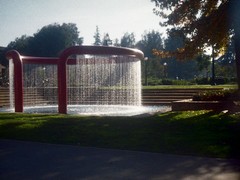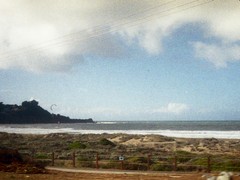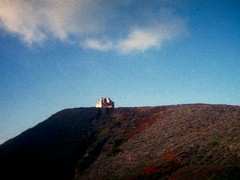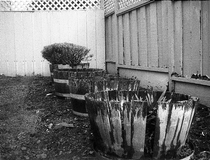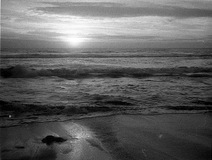Vivitar 700
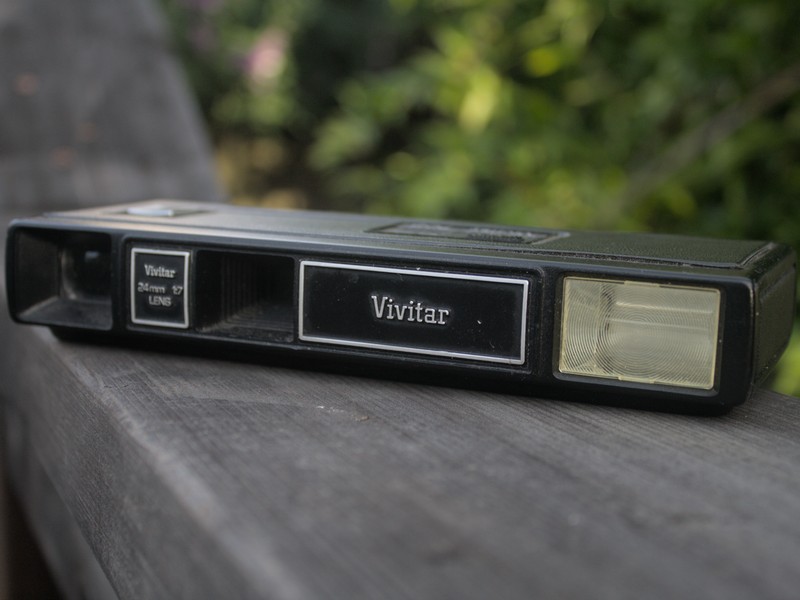
- Year: 1978
- Manufacturer: Vivitar
- Origin: USA
- Film Format: 110
- Lens: 24mm f/7.0
- Lens Construction: 3 Elements/3 Groups
- Focus: Fixed, 1.5m to infinity
- Shutter Type: Leaf Shutter
- Shutter Speeds: 1/125-1/250
- Meter: N/A
- Viewfinder: Viewfinder with Brightlines
- Exposure Modes: Exposure Linked to Film Speed
- Flash: Integral, 1/250 Sync Speed
- Battery: 2x AA
- Dimensions: mmxmmxmm, cm3
- Weight: 216g
The Vivitar 700 was the first non-35mm camera I ever bought, back when I was first becoming fascinated with different film formats. I decided 120 was probably too expensive, and most other formats weren't being made anymore, so I bought the cheapest half-decent 110 camera I could find on ebay, plus a roll of Lomo Tiger, and carried it with me everywhere for a while.
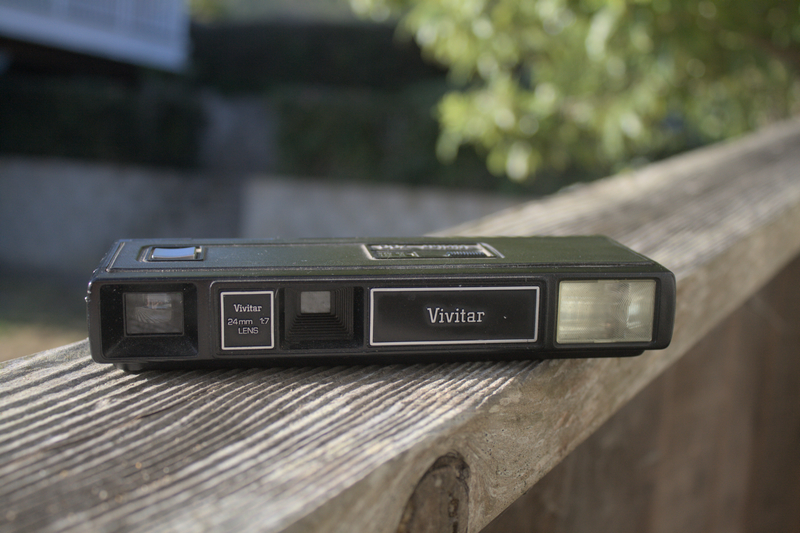
Ironically, even though 110 cameras were meant to be allow for smaller cameras, this camera with the flash and everything is pretty big, or at least pretty long. Mine didn't come with a manual, so I've never been certain on everything, but I'm pretty sure that exposure is set mostly by film speed, and that if you need more exposure beyond that, you just use the flash. It's certainly not got a meter window I can see. Not uncommon in the world of cheap film cameras, but unfortunately the flash on mine has never worked. Might be bad battery contacts, or bad capacitors in the flash, or just user error, but there's no ready light and the flash never makes any noise, so you're basically stuck with the fixed exposure.

Other than that though, everything else works fairly well. The lens is all glass, which isn't always a sure thing in 110 cameras. The advance slider on bottom takes 2 pumps to advance one frame, which seems common on cheaper non-35mm cameras, but it makes a fun ratchet noise which I enjoy. The viewfinder is decently large for a 110, and mine is still pretty clear after ~50 years. Vivitar (or whoever designed this) even went to the trouble of gluing vinyl to most of the panels, which at least beats bare plastic. The shutter is faster than I'd expect out of an older, cheaper camera, which helps with camera shake in such a lightweight camera. And the AA batteries it takes are a definite improvement over either illegal mercury cells or non-existant K-types you see in so many other 110 cameras.
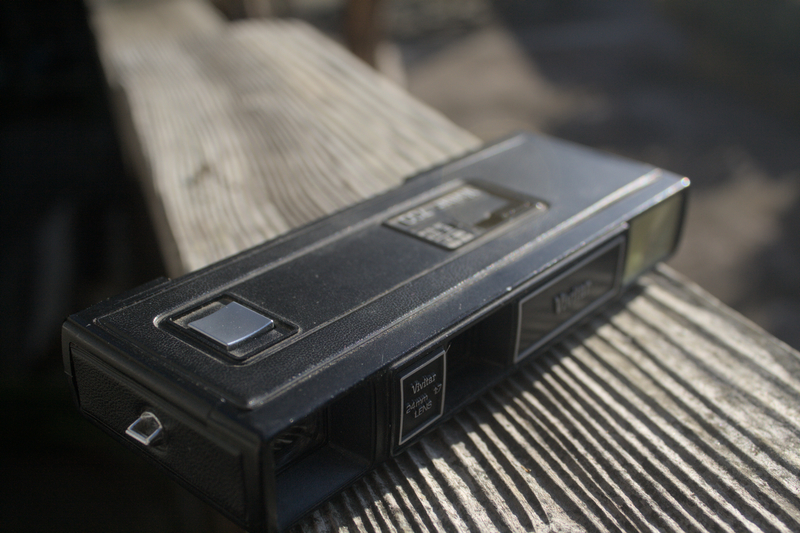
I've only put the one roll through this thing so far. The results were kinda hit or miss, though some of that was down to being pretty new to cameras and getting really over-ambitious regarding how much light you really need for a camera like this. That said, the lens seems pretty sharp, and the problems I do see are mostly on my end. I'd like to shoot it again sometime, probably with B&W this time, but first I'd like to find/make a 110 negative holder for my scanner so I'm not just slapping them directly on the glass. Maybe I'll also find myself a manual so I can figure out what the switch on top does.
